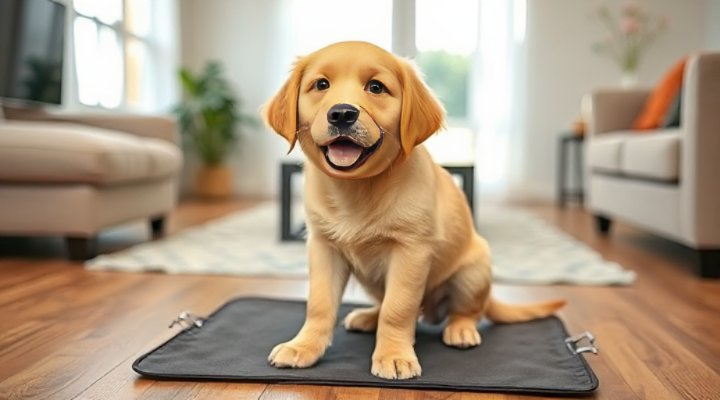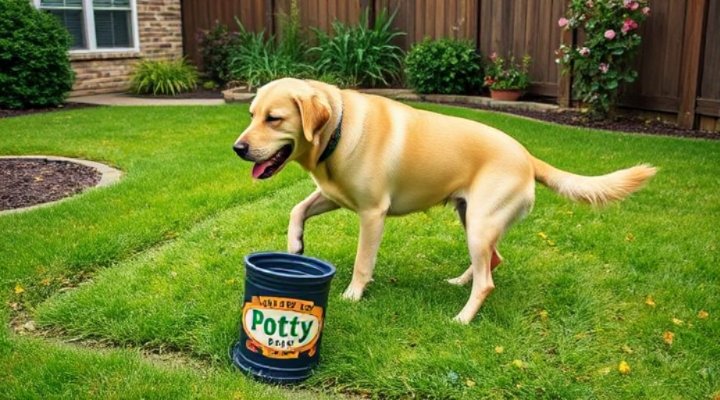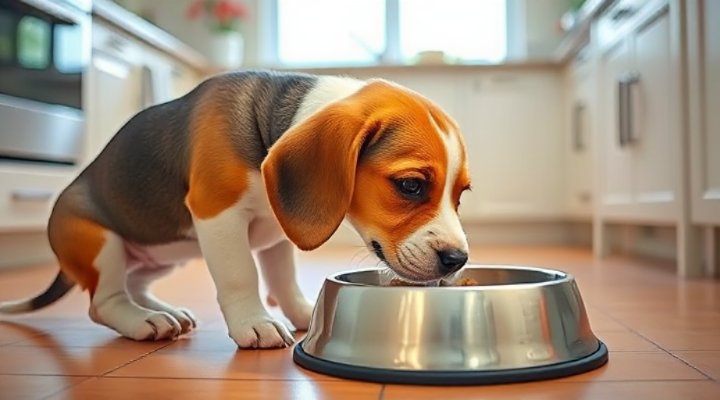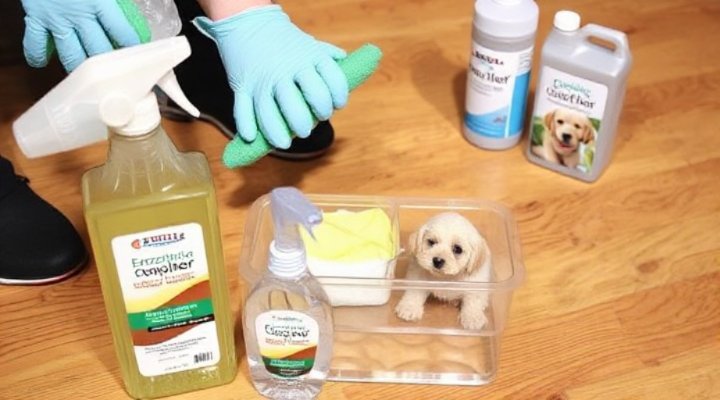House training a dog is one of the most important aspects of pet ownership. Not only does it keep your home clean, but it also establishes good habits that will last your dog’s lifetime. In this guide, we’ll cover all the essentials of house training, from setting up a routine to troubleshooting common problems.

Understanding the Basics of House Training
Before you begin house training your dog, it’s important to understand the fundamentals. Dogs are naturally clean animals and prefer not to soil their living space. However, they need to be taught where it’s appropriate to eliminate. The key principles of house training include:
- Consistency in schedule and location
- Positive reinforcement for correct behavior
- Proper cleaning of accidents
- Patience and understanding
For more detailed information on dog behavior, check out our article on Dog Behavior Training.

Creating a House Training Schedule
A consistent schedule is crucial for successful house training. Puppies especially need frequent opportunities to eliminate. Here’s a sample schedule for a young puppy:
| Time | Activity |
|---|---|
| Morning wake-up | Immediate potty break |
| After meals | Potty break 15-30 minutes later |
| After naps | Potty break immediately |
| Before bedtime | Final potty break |
For adult dogs, the schedule can be less frequent but should still be consistent. The American Veterinary Medical Association provides excellent resources on establishing routines.

Choosing the Right Potty Area
Whether you’re training your dog to go outdoors or use an indoor potty area, consistency in location is key. For outdoor training:
- Choose a specific spot in your yard
- Always take your dog to this spot on a leash
- Use a command like “go potty” to create association
For indoor training, consider using puppy pads or a grass pad system. This can be especially helpful for apartment dwellers or during extreme weather.

Positive Reinforcement Techniques
Reward-based training is the most effective method for house training. When your dog eliminates in the correct spot:
- Immediately praise enthusiastically
- Offer a small, tasty treat
- Make the experience positive
Avoid punishment for accidents, as this can create anxiety and make training more difficult. Instead, focus on preventing accidents through supervision and scheduling. For more on positive methods, see our guide to Positive Reinforcement Training.

Troubleshooting Common House Training Problems
Even with the best efforts, you may encounter challenges. Here are solutions to common issues:
Frequent Accidents
If your dog is having frequent accidents, consider:
- Increasing potty break frequency
- Limiting access to the whole house
- Checking for medical issues with your vet
Regression in Training
Dogs may regress due to stress or changes in routine. If this happens:
- Return to basic training
- Increase supervision
- Maintain consistency
For more specialized help, consider professional dog training services.
House Training Adult Dogs
While puppies are typically the focus of house training, adult dogs may need training too, especially rescues. The process is similar but may require:
- More patience for breaking old habits
- Investigation of previous routines
- Possible behavior modification
Our article on House Training an Adult Dog provides specific tips for older dogs.
Maintaining Good Habits
Once your dog is reliably house trained, maintain these good habits by:
- Keeping a consistent schedule
- Continuing to reward good behavior occasionally
- Being attentive to changes in elimination patterns
Remember that house training is an ongoing process that requires maintenance throughout your dog’s life. For comprehensive information on dog care, visit the American Kennel Club website.
Related Keywords
dog potty training, housebreaking a dog, puppy house training, dog bathroom training, how to train a dog to go outside, dog toilet training, house training methods, best way to house train a dog, house training schedule, house training tips
